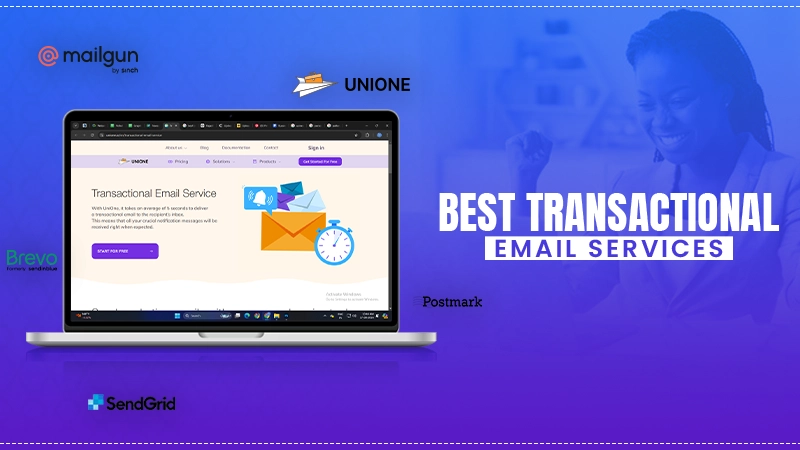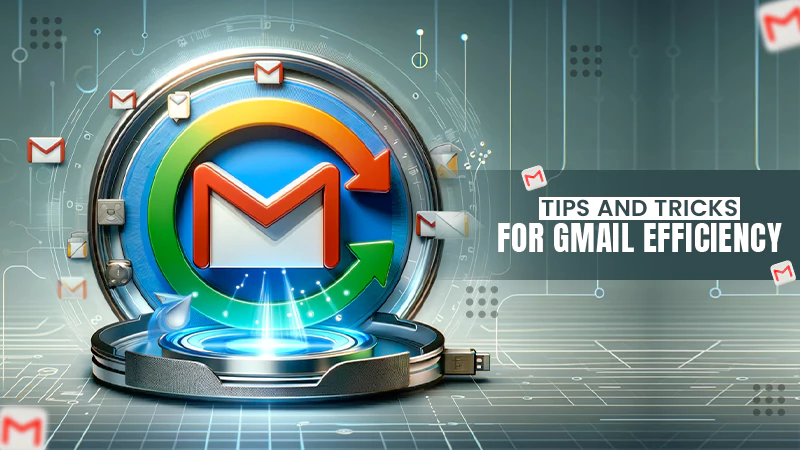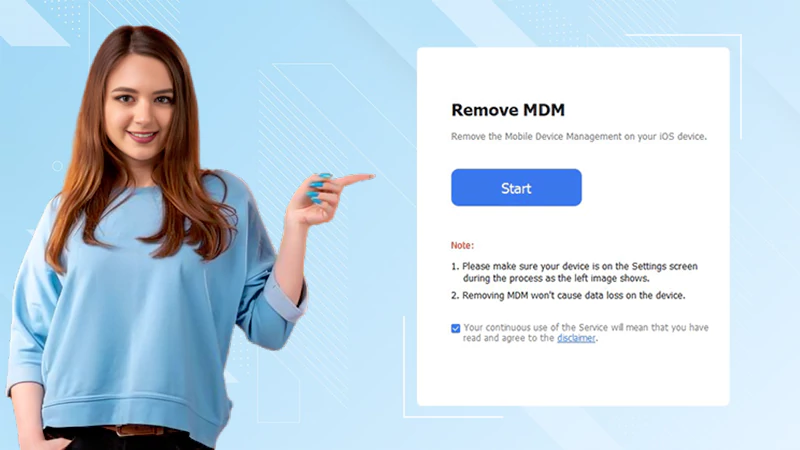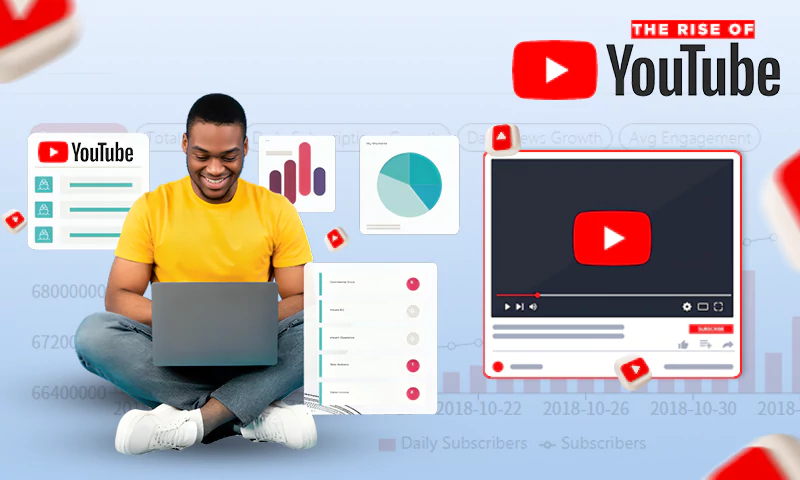How to Design a Logo: The Ultimate Guide
It takes a lot of work to start a new business. You’ll need to conduct research to identify your target audience, choose or design products/services for sale, obtain financing, create a website, and/or lease a physical location.
It’s easy to relegate logo design to the bottom of your to-do list because there is so much to do to make your new company successful. However, it’s a mistake to think you can get a business off the ground without a winning logo. Your logo plays an integral role in your brand design, and you need one to succeed long-term.
The good news is that logo design isn’t as complicated as it may initially seem. The following overview offers insight into what a logo can do for your firm and how to create one that is the perfect representation of your business.
Why is a Logo Important?
Perhaps one of the most important reasons to create one is that consumers expect a legitimate business to have a recognizable logo that sets it apart from the competition. Building trust in this way is important as over 80% of consumers say they need to be able to trust a business to buy from it.
Even so, a logo does more than generate trust. It also tells new buyers what your business does or offers. It appeals to your target audience, attracting people to your store or website and generating sales.
A logo helps people readily identify your products and services. If you create a new product in the future, it will benefit from the immediate name brand recognition conferred by your logo. If a competitor starts selling goods/services that are similar to yours, your logo will help customers tell your brand apart from that of another company.
What Makes a Good Logo?
There are many logo designs, styles, and colors, and these will be covered in-depth below. Even so, some features set a superb logo apart from a mediocre or sub-par one.
A good logo is an accurate representation of one’s business. Its colors and style attract the attention of one’s target audience. It conveys trustworthiness, professionalism, and a high standard of ethics. It’s unique, and can’t be easily mistaken for a competitor’s logo.
A good logo is memorable. Even those who aren’t interested in your goods/services will be able to readily identify your logo. It’s also timeless and will be relevant both now and in the future.
How to Design a Logo
Designing a logo is a step-by-step process. You’ll need to consider a range of factors, do careful research, and experiment with various colors, shapes, and designs to find the one that’s just right for your business. Here are some tips to get you started on the right track.
Have a Clear Understanding of Your Brand Personality?
Your brand personality is the way you portray yourself and convey information to your target audience. It defines your business as much as your logo and brand colors do, and should remain steady, so consumers know what to expect from you.
There are Five Brand Personality Types:
- Amusing/Funny: uses jokes and humor to convey a message and promote products/services. It is frequently edge or may push the line to make a point.
- Friendly and Casual: this brand personality uses informal language and a conversational tone.
- Helpful: This brand personality type is knowledgeable, frequently sharing how-to’s, tips, and advice to help individuals learn new skills.
- Modern: A modern brand personality isn’t afraid to talk about the latest developments, trends, and styles. The tone ranges from informal to professional.
- Professional/Formal: A professional, formal brand typically writes in the third person. It is a typical brand personality of choice for financial companies and law firms.
Your logo should be in line with your brand personality. It should help you create a unified brand image, so customers won’t wonder who you are or what you’re offering.
Find Inspiration for Your Logo
It’s not easy to think up a logo design from scratch. Thankfully, you don’t have to. There are plenty of sources you can turn to for inspiration when designing a logo. Here are four to get you started:
Competitor Websites: You don’t want to copy a competitor’s logo; however, viewing competitor logos can help you see which colors and images are typically used by other companies in your industry.
Non-competitor sites: Noncompetitor sites that share your target audience: Look at logos designed by companies that aren’t in your industry but that also appeal to the same target audience you’re trying to reach. For instance, a company selling children’s toys may want to check out logos designed by play places, schools, and children’s clothing companies.
Online Logo Makers: A great way to get inspiration is actually to design some logos. With online logo makers, you can do this, without having to pay. You can use a site like Tailor to make a logo , business logo maker and get hundreds of different designs from design tools available on the web. You only pay if you want to download.
Pinterest/Instagram: Pinterest and Instagram feature millions of images from a wide range of industries, so they are great sources of inspiration for logo designers.
Create a Mood Board
A mood board is a collection of images on a certain theme. Such a board can easily be created on Pinterest; alternatively, you can download the images, print them out, and spread them out on your desk. You can choose any theme you like when designing a mood board. It could be topic-based (i.e., nature) or color-based (i.e., pink or shades of orange). You can even create more than one mood board if you aren’t sure which theme is best for your business logo.
Creating a combination of images on the theme of your choice will help you see how you can combine various images and colors to create a unique logo for your business. However, it’s important to ensure you’re not copying any image too closely, as most of the images you select will likely be copyrighted and so can’t be used without permission.
If you are new to mood boards there are some cool online tools that make the process easy and fun.
Pick Two to Three Colors that Represent Your Brand
Your logo doesn’t have to be colorful to get attention. In fact, 95% of companies use only one or two colors in their logos. A simple logo that is easy to remember is often better than one that is overly ornate and complex.
Think about which colors best represent your brand. If, for instance, you want to convey a caring vibe, warm colors such as pink, red, and yellow could be your best bet. Brands that want to convey a luxurious vibe will find purple, black, and gold to be ideal color choices. Blue denotes professionalism and reliability while green is commonly associated with nature and the environment.
Decide on a Logo Type
There are seven main logotypes to consider:
- Wordmarks: A wordmark logo is a logo that consists solely of your company name written using the font of your choice. Google uses a wordmark logo, as does Uber and Subway. This logo works well for companies that have name-brand recognition but can be challenging to work with if you’re still building a brand.
- Lettermarks: If you have a long company name, using an abbreviation of this name as your logo could help make your company more memorable than it would be otherwise. This type of logo is used by companies ranging from CNN to AT&T and can be ideal for professional firms with long names.
- Combination Logos: A combination logo combines the company name with an image. It helps generate brand recognition while providing a visual image that can be easily associated with your firm. It’s suitable for companies of all industries but those who use a combination logo will want to ensure the company name can be easily read no matter where or how the logo is used.
- Brand Mark: If your company has a one-word name, a brand mark depicting your company name makes it easy for people to remember the name of your business. As an added benefit, such a logo will likely remain relevant even if you offer new products/services or discontinue old ones. Brand marks are used by a range of industries, including Target, Twitter, Shell, and Apple.
- Abstract Images: Geometric shapes such as Nike’s iconic swish or Microsoft’s set of four colored squares are ideal options for modern companies that want to convey professionalism and sophistication.
- Mascots: Mascots are typically used by food vendors and other companies that are meant to have a casual appeal. However, there are exceptions to this rule. MailChimp, for instance, uses a chimp mascot, and it is effective thanks to the fact that the mascot represents part of the company’s name.
- Emblems: An emblem conveys class, tradition, and luxury. Such a logo is ideal for companies selling luxurious or high-end products and/or services. Private schools often use an emblem logo, as do luxury brands and even government organizations.
Select the Font or Fonts You Will Use
Your font should match your logo style. Cursive fonts work well with emblem logos, for instance, as ornate cursive lettering and an emblem both convey luxury. All-caps block lettering, on the other hand, conveys strength and durability and can be the option choice for construction companies, gyms, and even some financial institutions. Modern lettering is perfect for companies with a modern vibe; these include banks, insurance companies, and tech companies. Playful, casual lettering can work well for boutiques, plant nurseries, certain clothing brands, and companies selling handmade products.
Create a Design Brief
Now that you’ve done all the research, it’s time to create a design brief. Put simply, this means compiling the results of your research, so you can see at a glance what you need from your new company logo. Here are five tips to keep in mind when creating a design brief:
1. Write down your company’s information. This includes name, tag line, core values, industry, and target audience. If you hire someone else to design your logo, they’ll need this information. At the same time, it will help you stay on track if you create your own logo using a logo maker.
2. Write down the type of logo you’ll design. Get detailed; including size and dimensions if need be.
3. Write down the colors to be used for the logo. A color code chart can come in handy as you can write down the number for the exact shade you want.
4. Write down the font you will use, along with the font size. Note if the font will be bold, underlined, or italicized.
5. Note if a background color will be used for the logo and if so, write down the shade or shades to be used.
Creating a winning logo will take time and hard work, but the results are sure to be worth it. A logo is a valuable business asset that will serve you well in the coming years by accurately representing your brand, boosting your trustworthiness, and attracting the people who are most likely to purchase goods and/or services from you. Follow the steps outlined above, and you’ll be well on your way to designing a logo that will be the perfect fit for your business.
Share














